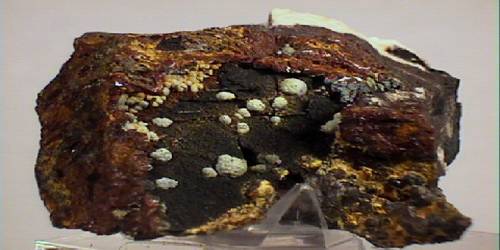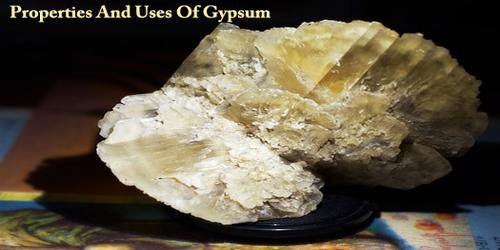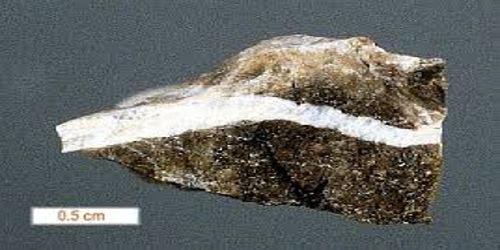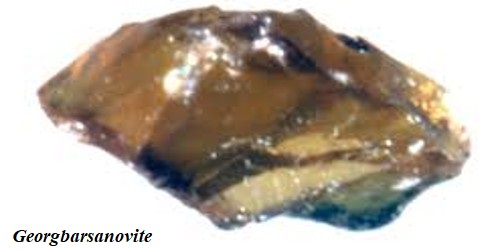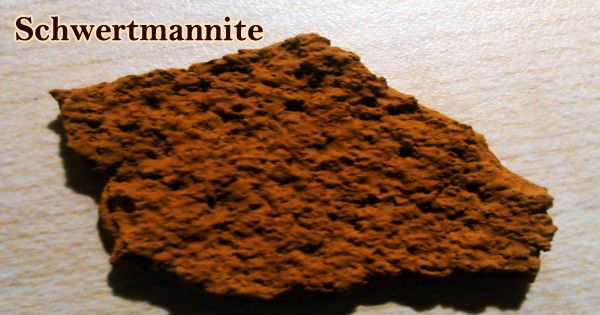Beraunite is an iron phosphate mineral. It is scarce, but popular phosphate mineral for collectors. It can have a nice color and luster and its rarity make it an ideal collection specimen. Beraunite crystallizes in the monoclinic crystal system with point group 2/m. Beraunite’s formula is Fe2+ Fe53+(OH)5(PO4)4·4H2O. Aluminum and zinc may substitute in the structure.
It was first described by August Breithaupt for an occurrence in Beraun currently in the Czech Republic. Beraunite occurs as a secondary mineral in iron ore deposits, and as an alteration product of primary phosphate minerals in granite pegmatites.
General Information
- Category: Phosphate minerals
- Formula: Fe2+ Fe53+(OH)5(PO4)44H2O
- Crystal system: Monoclinic
- Crystal class: Prismatic (2/m) (same H-M symbol).
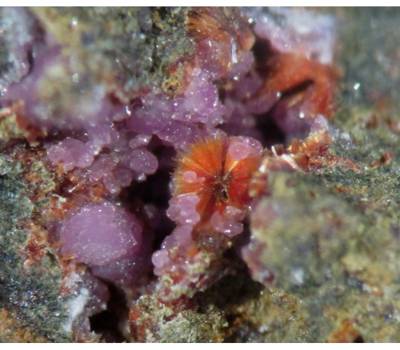
Properties
- Color: Dull greenish to greenish brown when fresh, maybe color banded; reddish brown to hyacinth-red, blood-red on exposure
- Crystal habit: Tabular crystals common, maybe in coarse radially fibrous aggregates, globular or discoidal, and in crusts
- Cleavage: On {100}, good
- Mohs scale hardness: 3-4
- Luster: Vitreous, pearly on cleavages, resinous on fractures
- Streak: Olive-drab when fresh; yellow, brownish yellow on exposure
- Diaphaneity: Translucent
- Specific gravity: 2.8 – 3.08 (measured); 2.894 (calculated)
Occurrence
Beraunite occurs as a secondary mineral in iron ore deposits and as an alteration product of primary phosphates minerals in granite pegmatites. It occurs as a component in bog iron ore, as a cement in clay, sand, and bone material, and as an alteration product of triphylite in granite pegmatites.
It is found as an alteration product of triphylite at the Big Chief and Hesnard mines, Keystone, Pennington County, South Dakota, New Hampshire. Also, it found in Arkansas, New Jersey and Pennsylvania in the United States. In addition to those places, it is found in Ireland, Germany, and the Czech Republic.
Information Source;
